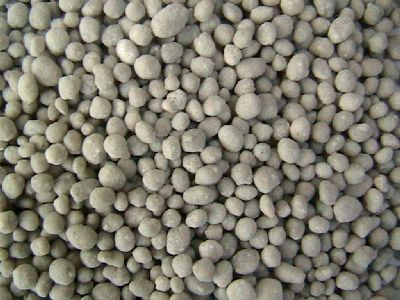Fertilizers for Growth
Feed Your Plants
Plants need food at the right time and in roughly the right quantities to deliver the best results for you in terms of flowers, leaves or fruit. Fertilizer is a concentrated form of food as opposed to bulky conditioners and organic manures. On bottles or boxes of fertilizer you will often see the N P K ratios where N = Nitrogen, P = Phosphates and K = Potassium.
Nitrogen encourages leaf growth so it is useful for Lawns, Houseplants, Spinach or other leafy vegetables. Good leave coverage is also important for photosynthesis so virtually all plants need nitrogen but too much can make a plant ‘soft’.
Phosphates are needed for healthy root growth in seedlings and beetroot or parsnips. Onions are big feeders on super phosphates or bone meal.
Potassium in the form of potash encourages flowering, fruiting and good colour. It is an essential component for feeding Tomatoes and other heavy feeders like Roses and Sweetpeas.
Bought Fertilizers
On my Baby Bio plant food bottle the NPK ratio is 10.6- 4.4 -1.7 which shows it is formulated for house plants which are often grown for foliage hence the high nitrogen content. Roots are also important in houseplants whilst flowers are often preordained at the growers prior to sale. If you are trying to get your plant to flower for a second or subsequent time you may want to use some tomato feed occasionally.
My other household fertilizer is a concentrated tomato feed 26- 17 -52 which is much more skewed to flowers and fruit. The higher these figures the greater the concentration of fertilizer and the more dilution you may need.
Organic fertilizers like blood, fish and bone and bone meal, hoof & horn and guano have a place in most gardens particularly for organic culture. Growmore is one of my staples for fertilising the garden prior to planting out and has equal proportions of NPK usually about 7-7-7.
Applying the Feed
Feed can be provided by solution or in solid form. Granules or bone meal for example are placed in a planting hole or scattered around the base of a plant for natural moisture to dissolve and take the feed up through the plant. These can be quite slow release.
A liquid feed can give a quick boost as it is easier for the plant to take up the nutrients. I like to give a good drenching about every 4 weeks in late spring and summer.
Foliar feeding is done by spraying a fertilizer on the leaves and stalks. It is normal to use a weaker solution in this method. As with many things in the garden it worth experimenting with all three types of fertilizers.
Other Fertilizers and Treatments
Trace elements can also be an important part of a planet food regime. Apples need Boron, Iron, manganese and magensium whist Tomatoes are gross feeders and also need traces of magnesium and other chemicals. I use seaweed additives that have several trace elements in their formulation.
Poultry manure is rich in nitrogen as are sulphate of ammonia or nitrate of soda.
Lime is another product to consider when boosting a crop. It helps reduce acidity in soils and allows plants access to nutrients that are already in the soil but hard for the plants to access. As humus breaks down on a garden it releases acid and can eventually curtail growth when a scattering of lime will help restore the balance. Lime also helps brake up clay soils and discourages club root. Do not use lime on the potato patch or just after manuring. Lime is washed out easily in sandy soil and needs replacing. Spent mushroom compost is usually high in lime.
Special formulations for individual needs like African Violets, Bonsai, Orchids, Cacti and others are available.
Fertilizers for Growth at Amazon

One thought on “Fertilizers for Growth”
contains no phosphates, nitrates, or other fertilizers to cause unwanted algae growth (2 pack). Gardening Equipment
Comments are closed.